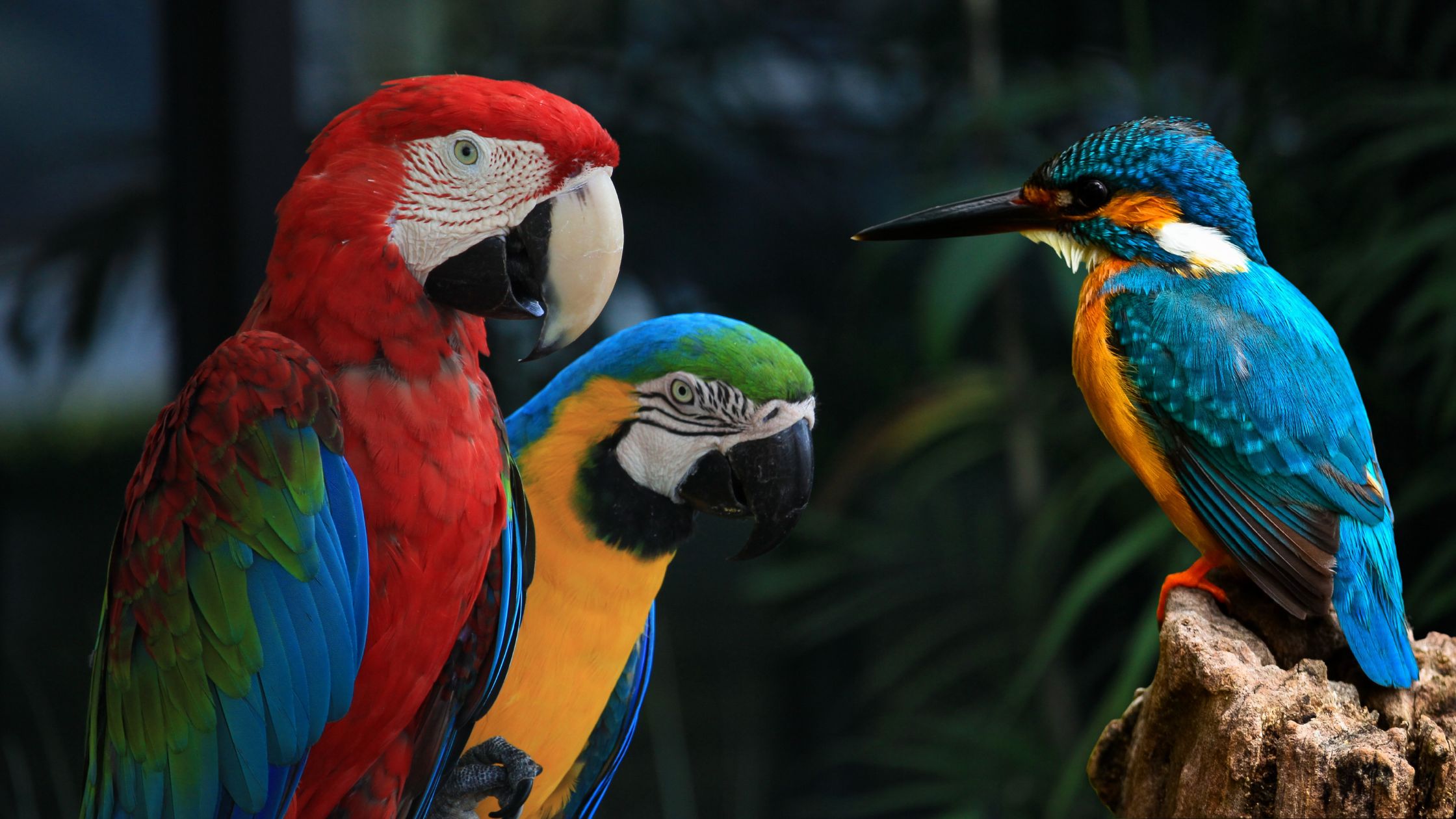Flamingo Balance
Flamingos are among the most striking birds in the animal kingdom, known for their vibrant pink feathers, elegant necks, and, most curiously, their habit of standing on one leg. This unique behavior has fascinated scientists and bird enthusiasts for years. In this article, we delve into the reasons behind flamingo balance, exploring the theories and research that explain why these birds often stand on one leg.
What Makes Flamingos Stand on One Leg?
Standing on one leg is a distinctive characteristic of flamingos that serves multiple purposes. While it might seem like an odd and uncomfortable position, there are several theories backed by scientific research that shed light on this behavior.
Theories Explaining Flamingo Balance
1. Thermoregulation
One of the most widely accepted theories is that flamingos stand on one leg to conserve body heat. By tucking one leg close to their body, flamingos reduce the amount of body heat lost to the cooler water or air. This thermoregulation is crucial for maintaining their body temperature, especially in cooler environments or during the night.
2. Muscle Fatigue Reduction
Another theory suggests that standing on one leg helps reduce muscle fatigue. Flamingos have a unique locking mechanism in their leg joints that allows them to maintain balance without exerting much muscular effort. This adaptation could enable them to rest one leg while the other supports their body, alternating legs to prevent fatigue.
3. Predation Avoidance
Some researchers believe that standing on one leg may help flamingos avoid predators. By appearing to have only one leg, flamingos might confuse potential predators or make it harder for them to judge the distance and strike accurately.
4. Mimicking Shallow Water Depths
Flamingos often feed in shallow waters where they use their long legs to wade. By standing on one leg, they might be mimicking the shallow water conditions, making it easier to balance and forage effectively. This behavior could also help them blend into their watery surroundings, making them less conspicuous to predators.
The Science Behind Flamingo Balance
Flamingos have several anatomical adaptations that enable them to stand on one leg comfortably:
1. Unique Leg Structure
Flamingos’ legs are incredibly long and thin, with a specialized locking mechanism in their knee joints (which are located higher up the leg than in humans). This mechanism allows them to lock their legs in place, reducing the need for continuous muscle contractions to maintain balance.
2. Webbed Feet
Their webbed feet provide a stable base when standing on one leg, distributing their weight evenly and preventing them from sinking into soft mud or sand.
3. Center of Gravity
The center of gravity in flamingos is lower and more central than in many other birds. This positioning helps them maintain stability while standing on one leg, even in windy conditions or when the ground is uneven.
Observing Flamingo Balance in the Wild
For those interested in observing this unique behavior firsthand, several locations around the world offer opportunities to see flamingos in their natural habitats:
1. The Great Rift Valley, East Africa
This region is home to vast flocks of flamingos, particularly around lakes like Nakuru, Bogoria, and Elementeita in Kenya. These alkaline lakes provide the perfect environment for flamingos, where they can often be seen standing on one leg while feeding.
2. The Camargue, France
The Camargue is a famous wetland in southern France, known for its large flamingo population. Visitors can observe these birds wading and standing on one leg in the marshes and lagoons.
3. Yucatan Peninsula, Mexico
The Celestun Biosphere Reserve in Mexico’s Yucatan Peninsula is another excellent spot to see flamingos. Here, they feed in the shallow waters of the mangrove swamps, often balancing on one leg.
4. The Galapagos Islands, Ecuador
The Galapagos Islands offer a unique opportunity to see flamingos in a pristine environment. These islands are home to a small population of flamingos that can be observed standing on one leg in the brackish lagoons.
Conservation of Flamingo Habitats
Conserving flamingo habitats is essential to ensuring the survival of these iconic birds. Their habitats are often threatened by human activities such as pollution, land reclamation, and climate change. Several conservation efforts are underway to protect flamingo populations and their environments:
1. Protected Areas
Many flamingo habitats have been designated as protected areas or national parks. These protections help to preserve the natural environments that flamingos rely on for feeding and breeding.
2. Pollution Control
Efforts to reduce pollution in flamingo habitats are critical. Pollutants such as heavy metals and pesticides can contaminate the water and food sources, posing serious health risks to flamingos.
3. Climate Change Mitigation
Addressing climate change is vital for the long-term survival of flamingos. Rising temperatures and changing weather patterns can alter the delicate balance of their habitats, affecting food availability and breeding success.
4. Community Engagement
Engaging local communities in conservation efforts is crucial. Educating people about the importance of flamingos and their habitats can foster a sense of stewardship and encourage sustainable practices.
Conclusion
The behavior of flamingos standing on one leg is a fascinating example of nature’s ingenuity. Whether it’s for conserving body heat, reducing muscle fatigue, avoiding predators, or mimicking their environment, this unique adaptation highlights the incredible resilience and adaptability of these birds.
Observing flamingos in the wild offers a glimpse into their remarkable lives and underscores the importance of preserving their habitats. By supporting conservation efforts and promoting awareness, we can help ensure that flamingos continue to grace our wetlands and shorelines with their striking presence for generations to come.

